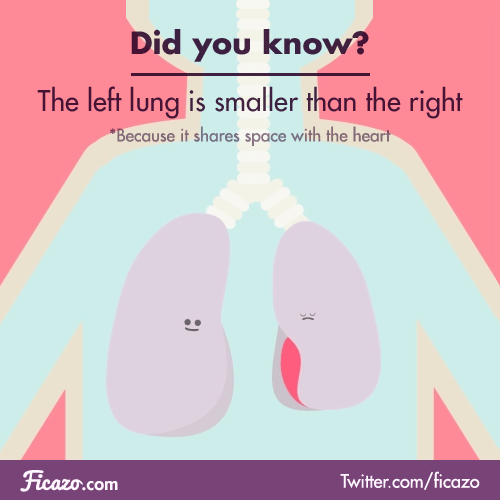With cold and flu season coming on, I felt this would be beneficial for teachers. I always kept a jar in my desk for emergencies.
Wednesday, November 29, 2017
Vicks VapoRub
Monday, November 27, 2017
It Also Fits a Pre-Kindergartener
Friday, November 24, 2017
5 Minute Science Lesson - soap foam
1. What is the first thing you notice about this?
2. What do you think this is?
3. Does this remind you of something you've seen before?
(Hint: honeycomb)
(Hint: honeycomb)
4. How do you think they got this photograph?
Labels:
5 minute science lesson,
soap bubble,
soap foam
Wednesday, November 22, 2017
Monday, November 20, 2017
Friday, November 17, 2017
5 Minute Science Lesson - Sharks
1. Do you think sharks were around in the time of dinosaurs?
2. Is it possible that sharks were once dinosaurs?
3. If there were no trees, what was there?
3. If there were no trees, what was there?
Wednesday, November 15, 2017
Finish This Sentence
Labels:
funny response,
language arts,
sentences,
writing sentences
Monday, November 13, 2017
Crayon Facts
* Crayons were introduced to the world in 1903. An 8-pack sold for 5 cents.
* A child in the US goes through about 720 crayons by the age of 10.
* Crayons are made mostly out of paraffin wax - a substance also used by NASA, which turns it into fuel for the Peregrine rocket.
* The Crayola Experience in Easton, PA, is home to BIG BLUE, the world's largest crayon that weighs 1,500 pounds.
(Psst! Teachers! At CARVEDCRAYONS on Etsy, you can order pop culture characters, pet portraits, and other items sculpted from crayons.)
Friday, November 10, 2017
5 Minute Science Lesson - Lungs
1. Why do you think the heart is behind the lungs and not between them?
2. Do you know what protects your lungs? (Ans: ribcage)
3. Your lungs are not muscles. They are like sponges. They fill up like balloons when you breathe in.
Your diaphragm is a muscle underneath your lungs. When you breath, the diaphragm goes down, drawing air into your lungs like a vacuum cleaner. When the diaphragm moves up, it squeezes the air out of your lungs, the way you'd squeeze water out of the sponge.
Your diaphragm is a muscle underneath your lungs. When you breath, the diaphragm goes down, drawing air into your lungs like a vacuum cleaner. When the diaphragm moves up, it squeezes the air out of your lungs, the way you'd squeeze water out of the sponge.
Wednesday, November 8, 2017
Monday, November 6, 2017
Friday, November 3, 2017
5 Minute Science Lesson - How Dinosaurs Moved
1. Why do you think scientists did this?
2. What does the plunger represent?
3. Have you seen a dinosaur movie where the dinosaur moved this way?
Labels:
5 minute science lesson,
chicken,
dinosaurs,
scientists
Wednesday, November 1, 2017
Do You SQUIRT?
Subscribe to:
Comments (Atom)













